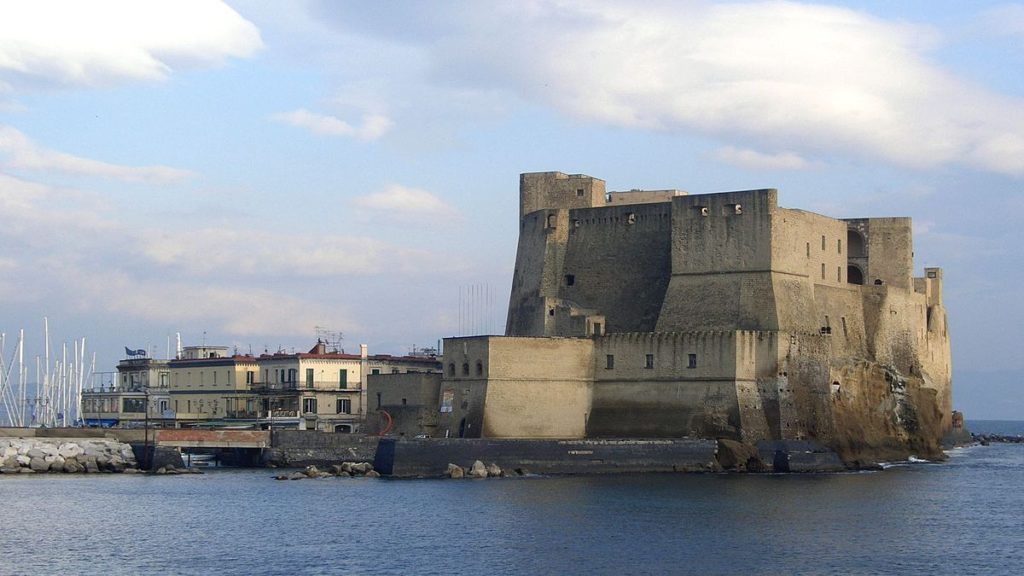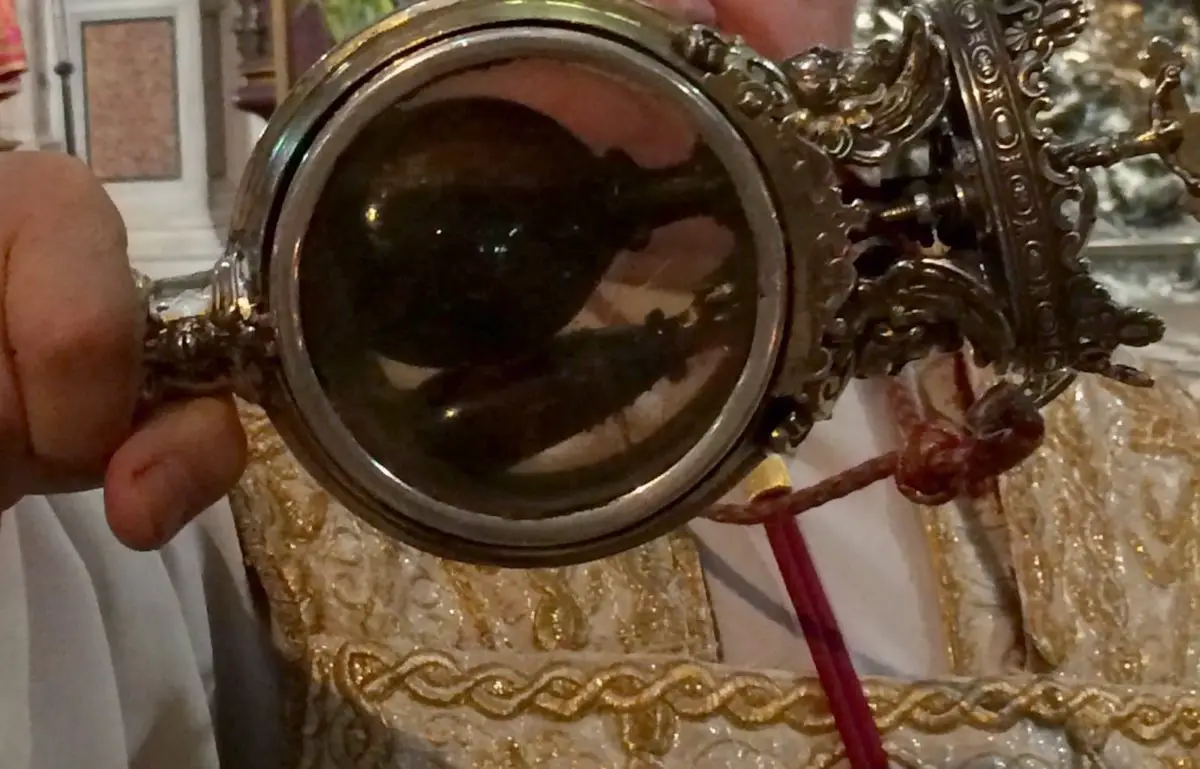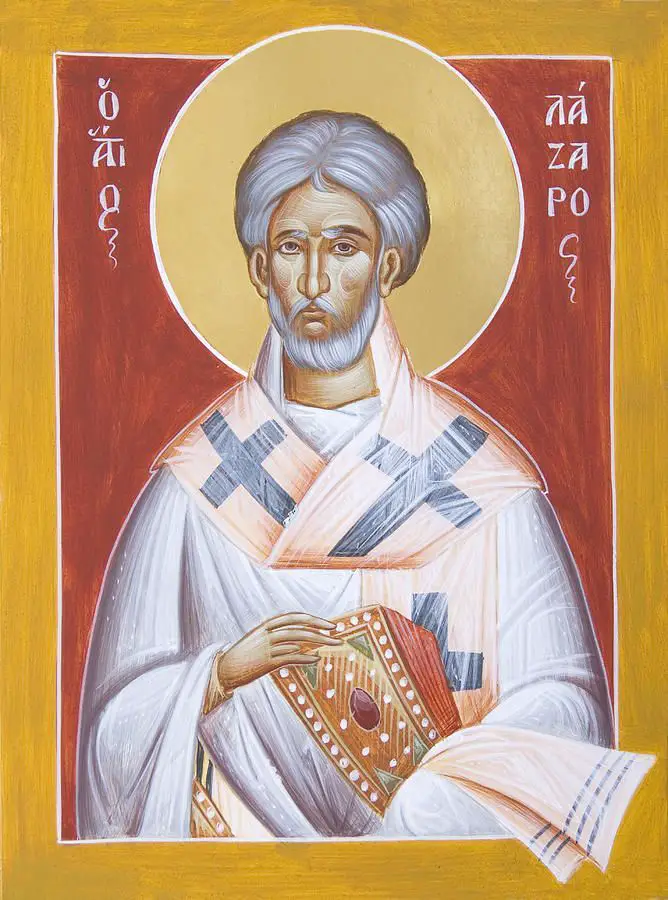Read our article about the life of Saint Patricia, a noblewoman who left everything to become a Christian and the patron saint of Naples.

Biography and history of Saint Patricia
According to legend, Saint Patricia belonged to a noble and possibly royal family from Constantinople who fled to Italy to escape a forced marriage and became a consecrated virgin (see: Consecrated Virgins) to God in Rome.

She returned to Constantinople, distributed her wealth to the poor and then returned to Italy, where she died shortly afterwards in Naples.
She became the patron saint of Naples and, like St Gennaro, a vial of her blood is said to have liquefied and become liquid 1,300 years after her death.
Saint Patricia of Naples (or Patricia of Constantinople) (Italian: Santa Patrizia) (died around 665 AD). Some sources say she was a descendant of Constantine the Great (See: Constantine and the Catholic Church).
Wanting to escape a marriage arranged by Constantine II, she decided to become a nun and went to Rome. There she received the veil from Pope Liberius. After her father’s death, she returned to Constantinople and, renouncing any claim to the imperial crown, distributed her wealth to the poor. She then planned to make a pilgrimage to Jerusalem.
However, a terrible storm caused her to be shipwrecked off the coast of Naples. She found refuge on the small island of Megarides (the site of the present Castel dell’Ovo), where she built a small hermitage and died shortly afterwards of an illness.
Watch this video to see the Castel dell’Ovo (Egg Castle) in Naples, where Saint Patricia was:
His relics were kept in the monastery of St Patricia. During the violent events of 1864, they were transferred to the Monastery of St Gregory the Great. Covered in wax, their relics were kept in a golden urn, together with precious stones, silver and oil.
His blood is also kept in the monastery. It is said that his blood, like that of Saint Gennaro, the other most famous patron saint of Naples, is periodically liquefied.

According to the legend, after Patricia’s death, an enthusiastic man pulled out one of her teeth, causing her body to bleed. Patricia’s followers collected the blood and exposed it. It was then liquefied. Her blood is said to become liquid on her feast day, 25 August, and every Tuesday morning.

She then boarded a ship to return to Rome, but a violent storm drove the ship into the Gulf of Naples, where she also took refuge in the Castel dell’Ovo. With her friends she decided to found a community of prayer in Naples and spent her life helping the needy of the city until her death in 665.
Another legend says that her body was venerated for several centuries until, between 1198 and 1214, a knight who wanted a souvenir of Saint Patricia pulled out her tooth.
From the empty cavity came a gush of blood, which flowed out at different times. Calling it a miracle, the nuns preserved some of this blood in two bulbous bottles.
Here is a short biography in this video about St Patricia:
Saint Patricia’s Day
Her day in the Roman calendar is 25 August. She died of natural causes in Naples, Italy, in 665 A.D. A vial of her blood is said to be liquefied every Tuesday morning after Mass in the church of St Gregory the Great.

In addition, during Tuesday Mass, the bottle of his blood is hung on the left side of the main altar and covered with a  cloth.
cloth.
After the Eucharist, the priest lifts St Patricia’s blood from the hook, carries it to the centre of the altar and the faithful line up to kiss the jar.
In the church of St Gregory the Great, the “Sisters of St Patricia” now help to celebrate Mass, look after the cloister and continue to venerate the remains of St Patricia. Interestingly, a large number of these nuns are from the Philippines.
On a more ironic note, the patron saint of Naples, San Gennaro, has his vial of blood in the Duomo, which is liquefied every 19 September and on the Saturday before the first Sunday in May.
The miracle of Saint Patricia
The blood of Saint Patricia, on the other hand, is liquefied on her feast day, 25 August, and every Tuesday after morning mass, so that Saint Patricia performs her miracle at least fifty-three times a year. All this proves once again, beyond any doubt, that women work harder than men.
Watch this video to find out more about the feast day of Saint Patricia:
Prayer for Saint Patricia
Most high and glorious God, who brings help to the sick and the poor. Enlighten the darkness of my heart and soul; give me, O Lord, right faith, perfect charity, reason and knowledge, so that, like St Patricia, I may carry out your most holy and true order and serve you.
Grant me the strength and the faith necessary to follow in her firm footsteps towards You, and let me leave behind all banal and worldly things and concentrate on the adoration of God, Jesus Christ and the Virgin Mary. Amen.




